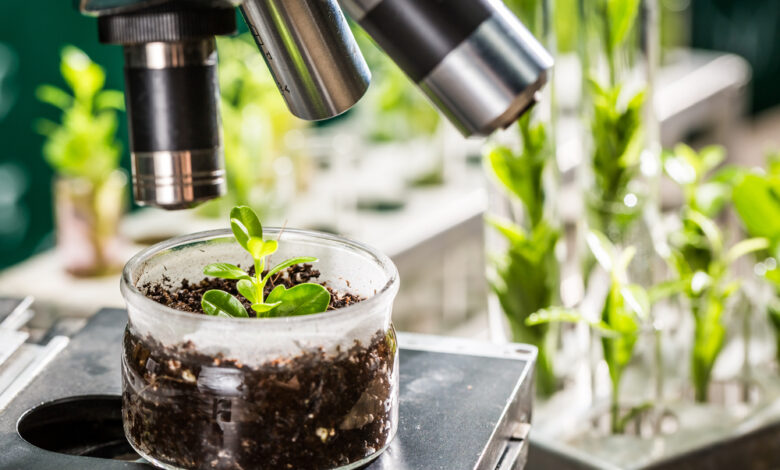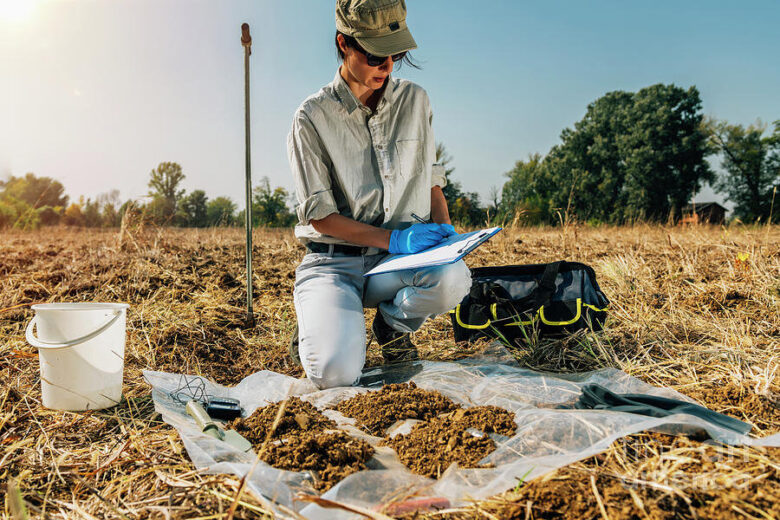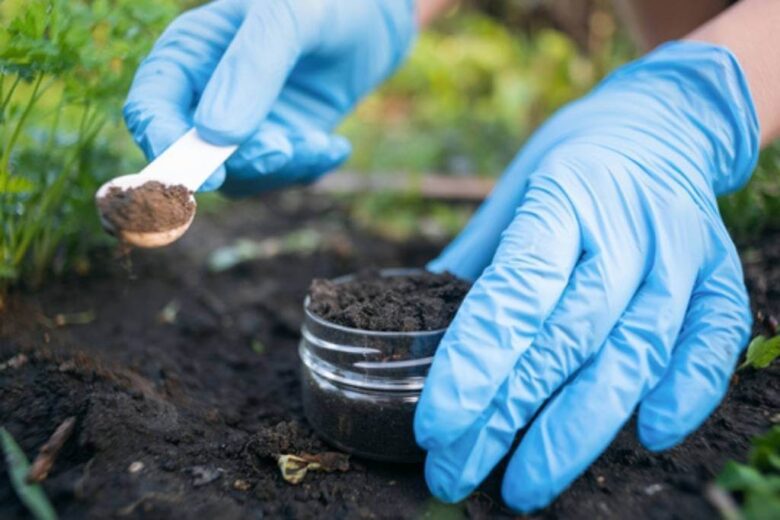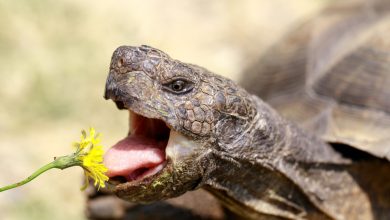
What Does A Soil Scientist Do?
The soil cover is the thinnest layer of the earth’s crust, formed as a result of the interaction of living and nonliving organisms. It is at the center of the ecosystem that provides life and stores energy on our planet. The soil forms space for the growth of plants and microorganisms, determines the emergence and existence of the entire modern biosphere. The soil cover is also the contact zone of the atmosphere, hydrosphere, and lithosphere. Being in the center of contact and interaction of all near-surface geospheres of the Earth, it turns out to be the space of intersection of many ecological connections, the most important link in the biogeochemical cycles that ensure life on Earth. It is practically the “skin” of our planet, which of course requires thorough and constant research. And that is the task of soil science.
Soil science is the science of the formation, structure, composition, and properties of soils, the patterns of their geographical distribution, the ways of its rational use and increased fertility in order to obtain high yields of agricultural crops and protect land resources. This is usually done with the help of soil mapping, including a soil moisture map for effective irrigation planning (you can read more on this website). Soil science studies soils as both natural formations and means of agricultural production. Experts distinguish five factors of soil formation – rock, climate, living organisms, topography, and the time during which everything happened. Today, scientists also distinguish the anthropogenic factor.
What Does An Environmental Soil Scientist Do?

A soil scientist is a specialist who studies the soil cover of the Earth. In other words, it is a scientist who studies soil conditions in various locations and makes recommendations on how to use, improve, or optimize that soil. Soil science is very important for both the agricultural sector and the municipal industrial part of most city and local governments. His or her work is usually research-based, but usually includes many field activities, including collecting specimens, making presentations, providing formal advice, and helping landowners understand and apply basic conservation practices.
Soil science is a specialized form of earth sciences that combines elements of topography and ecology with geology and chemistry. Scientists experienced in this field typically focus their careers on understanding erosion, studying ways to maximize crop growth, and finding ways to help buildings and other structures remain as safe and weather-resistant as possible.
Regardless of the specific role that soil scientists play in organizations, their basic skills are usually comparable and the way they do their job is usually related. The duties of a soil scientist almost always include field work. This means that the expert must go out to see the soil, study the area, and collect samples.
They typically take the samples back to the laboratory, study them, and chemically extrapolate their properties. The scientist will conduct a study, analyze findings, and decide on a recommendation.
Independent research is also part of the work of many technicians, especially in academia. Like most sciences, the field of soil research relies on a constant cycle of research, analysis, and publication as new trends and discoveries are appearing. A scientist may examine soil conditions not for a specific site, but over several similar and varied sites, to draw conclusions about the nature of certain soil conditions or the effect of specific climatic conditions or practices on soil strength.
Overall, soil scientists usually perform the following work:

- Implementation of activities in the field of agrochemistry and soil science
- Planning, organizing, and conducting field and laboratory studies of soils
- Analysis of cultivated crops and fertilizers applied to the soil
- Development of a fertilizer system on the farm
- Conducting phenological observation
- Carrying out soil-geographical and agro-soil zoning of territories
- Creation of soil, ecological, and agrochemical maps
- Solving problems related to the protection of soil cover
- Implementation of erosion control methods, application of chemicals
- Introduction of production mechanization systems
- Development and implementation of standards for environmental regulation of land resources, natural waters, and forests
- Drawing up an ecological passport of the soil cover, carrying out its certification and assessment
- Conducting sanitary and hygienic examination of the quality of crop products
Agencies hire soil scientists to better understand how construction projects will affect the soil, or whether land conservation plans are realistic or even feasible. Farming companies looking to maximize their yields hire soil scientists to get expert advice. Construction companies may also need the expertise of a soil scientist when it comes to building on saturated land, in floodplains, or near fault lines.
Soil Scientists to Watch

As soil degradation is a huge problem today, sustainability principles and conservation methods are the only way to slow down this process. Thankfully, there are many soil scientists all over the world working on understanding soils and promoting practices for maintaining its health and fertility. Here are some of them to follow:
- Dominique Arrouays – agronomist and researcher of soil management and protection.
- Borris Boincean – conducted long-term field experiments with monoculture, crop rotations, soil fertilization, tillage, and irrigation.
- Megan Balks – Antarctic soils and permafrost researcher
- Anya Byg – currently researching the sustainable management and use of soils and the environment by different cultures
- Alexander McBratney – a world-leading soil scientist who has made huge contributions to the development of the soil science methods of pedometrics, digital soil mapping, and precision farming.




